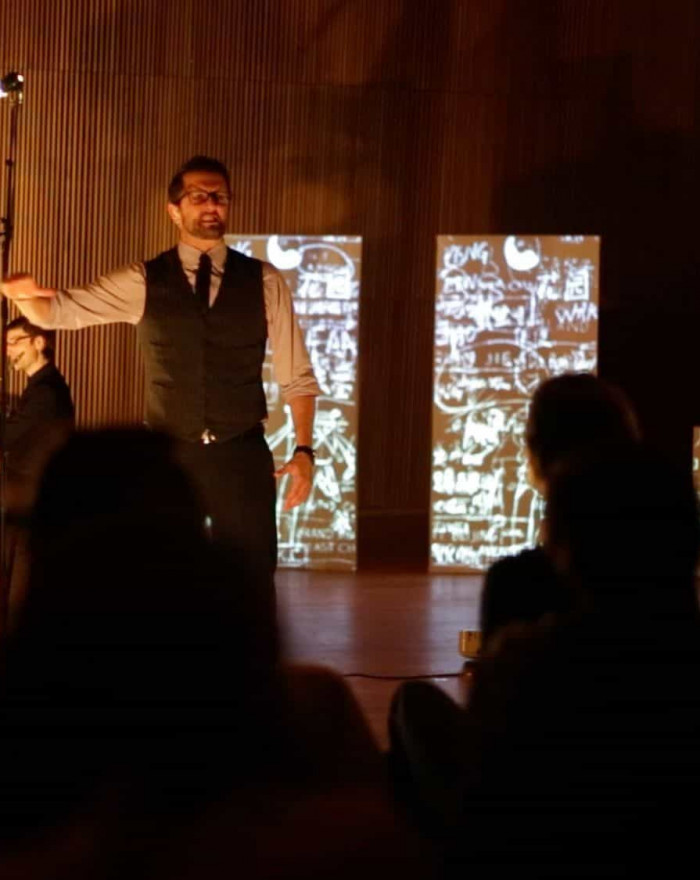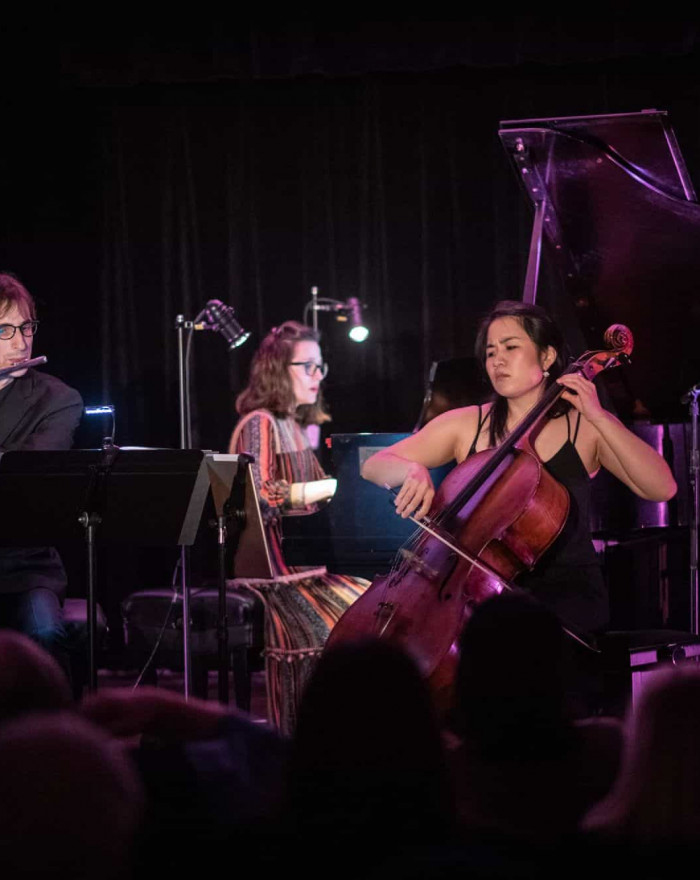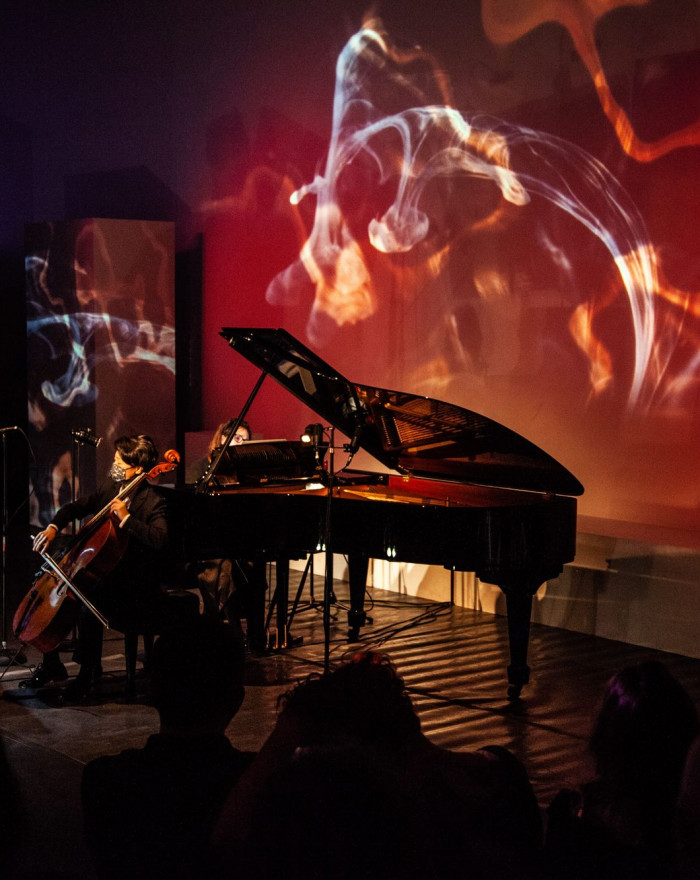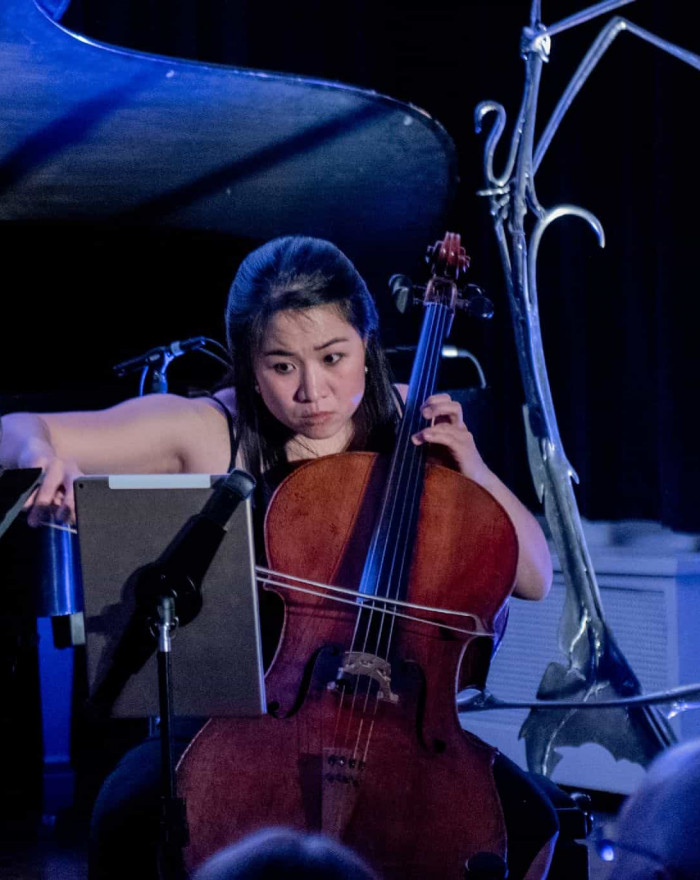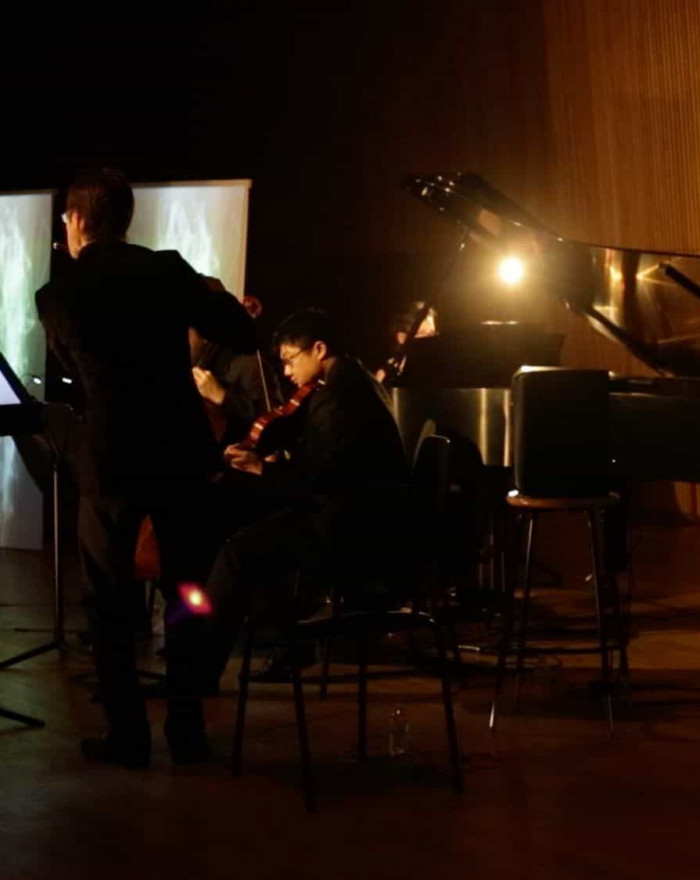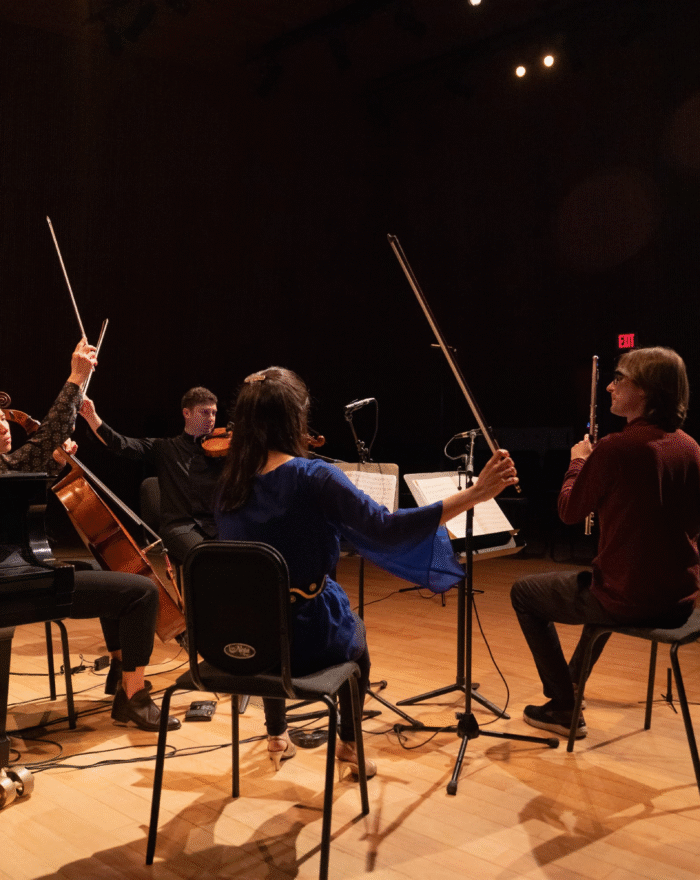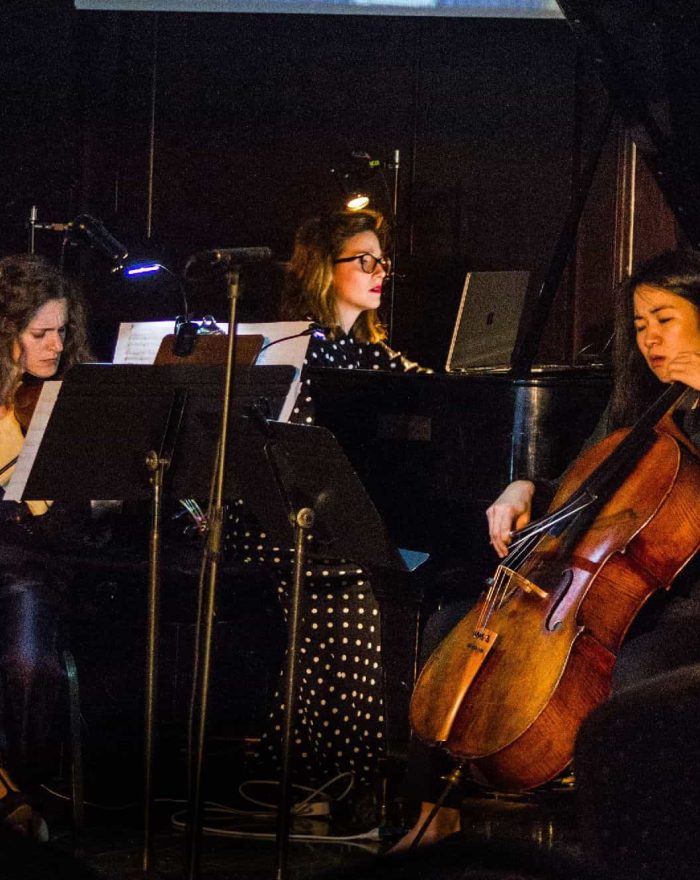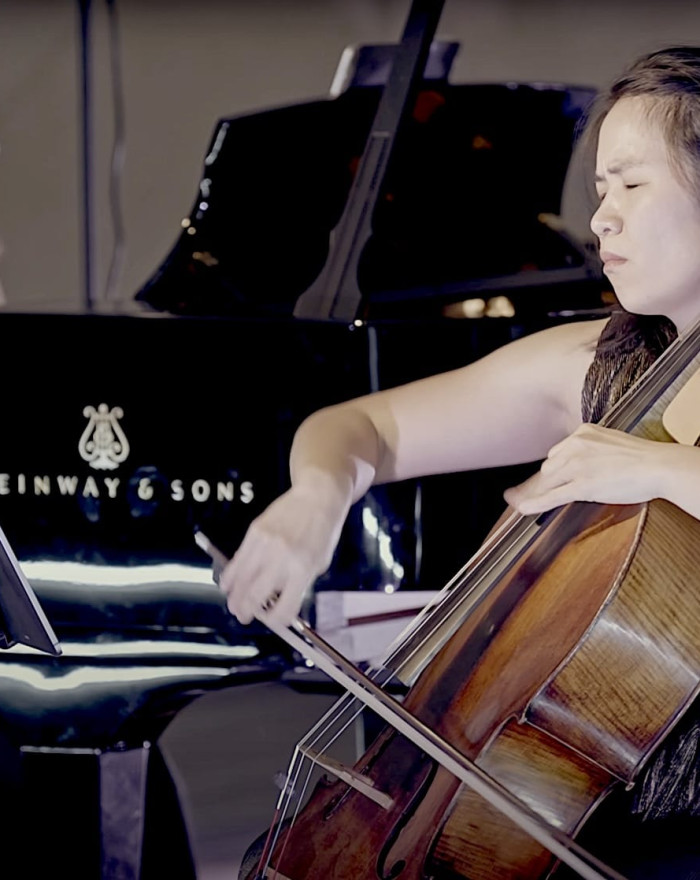Georg Philipp Telemann was a German Baroque composer and multi-instrumentalist. Almost completely self-taught in music, he became a composer against his family’s wishes.
Telemann referred to these quartets as “quadros,” indicating that they had four parts. The more sonata-like quadri treated the three upper voices fairly equally. Other quadros were more concerto-like, in that one of the voices – in this case, usually the transverse flute or the recorder – was more prominent. In fact, sometimes these quadros are actually referred to as concertos. In both cases, the bottom voice plays a role analogous to that of the basso continuo. Examples of both are included here. All of the quadros are in three or four movements.
Telemann’s chamber music is historically unique in its range of instrumental settings. From his huge output these new editions present the six quartets for Flute, Violin, Viola da Gamba or Violoncello and BassoContinuo that he wrote in Paris in the 1730s.
Published with the title Nouveaux Quatuors en Six Suites by Le Clerc in Paris in 1738, these pieces are suites with various sequences of movements, each introduced byaprelude.
Here Telemann shows himself committed to the French style. The works are of special interest not only for their high quality but also because of the variable scoring of the third part for Viola da Gamba orVioloncello.

